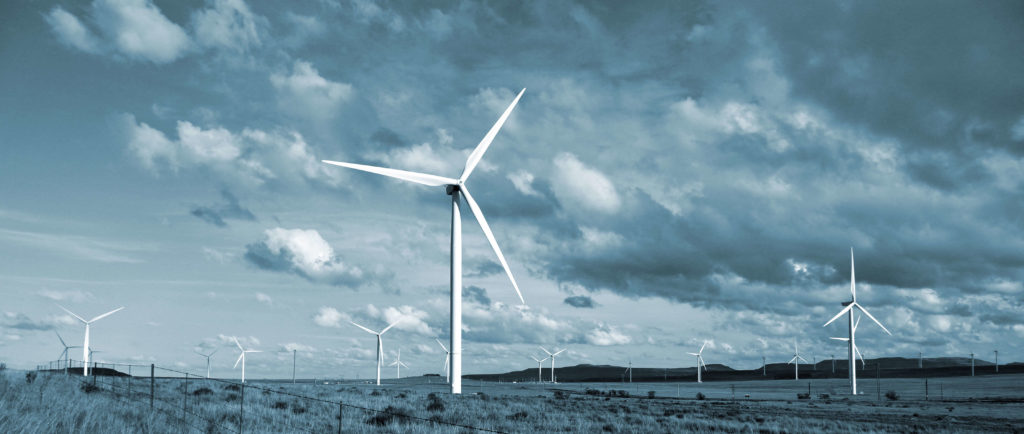Giant wind power projects place high demands on composite materials
06/25/2019
 The wind turbines are becoming increasingly large and technologically advanced. One reason is that wind power is to a greater extent placed in offshore parks, which enables larger structures with high capacity. As a result, the technical requirements for the wind turbine’s materials increase, where composite accounts for 67 percent penetration – an increase of 15 percentage points from 2010.
The wind turbines are becoming increasingly large and technologically advanced. One reason is that wind power is to a greater extent placed in offshore parks, which enables larger structures with high capacity. As a result, the technical requirements for the wind turbine’s materials increase, where composite accounts for 67 percent penetration – an increase of 15 percentage points from 2010.
The wind power industry is estimated to account for 9% of total composite sales between 2016 and 2021. Considering the development of wind power constructions, composite materials will be crucial to satisfy characteristics such as ease of use, durability and scalability. Between 1990 and 2020, half of all wind turbines on the market are estimated to have rotor blades longer than 50 meters.[1]
The largest wind power project today is the LM 107.0 P, which is developed by LM Wind Power. As the name implies, it is a wind turbine with a whopping 107-meter-long rotor blade. By comparison, the wing span on an Airbus A380, the world’s largest passenger aircraft, is 80 meters. The LM 107.0 P is manufactured in a factory in Cherbourg, France, and after being subjected to tough tests on durability and performance, will be placed offshore.[2]
Nexam Chemical looks forward to continuing to consolidate its position as a high-quality supplier of innovative sustainable chemistry to a strong wind power industry.
[1] http://www.jeccomposites.com/knowledge/features/wind-energy
[2] https://www.compositesworld.com/news/lm-wind-power-manufactures-longest-wind-turbine-blade